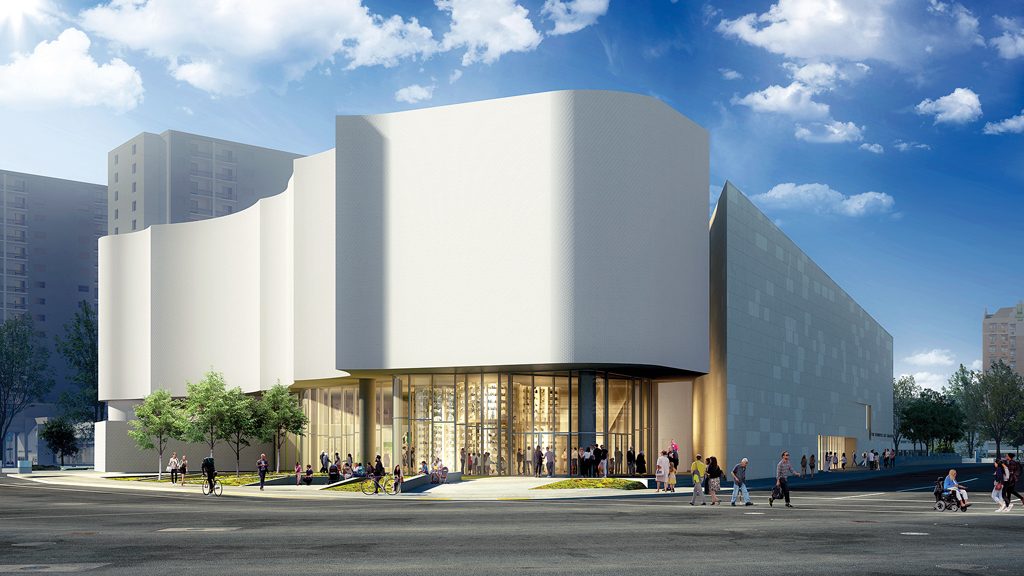The top 2018 headlines for Manitoba swirl around sole-sourced contracts, project firsts and government decisions that have industry associations concerned about the future of infrastructure funding.
Early in the year the Manitoba Heavy Construction Association (MHCA) issued a statement to its members criticizing the provincial government on what it viewed as the sole-sourcing of public infrastructure contracts – making particular reference to an access road for the Lake St. Martin outlet channel project.
“The MHCA has consistently, as a matter of principle, and unequivocally opposed sole-sourcing of public infrastructure contracts,” the March statement read. “The MHCA is dismayed to see that, to date, two sole-sourced contracts for the access road to the Lake St. Martin Outlet Channel project have been awarded, totalling $11.2 million. It is expected that about $20 million more in sole-sourced contracts will be awarded in the total project, itself expected to be valued at $350 million.”
A communication went sent to then Manitoba Infrastructure Minister Blaine Pedersen, clearly stating the MHCA board’s unanimously expressed position on the matter.
The year moved forward from controversial contracts to creative construction when shovels hit the ground in May to launch the Winnipeg Art Gallery’s $65-million Inuit Art Centre. The 40,000-square-foot, four-storey centre will be the first building of its kind in the world and will contain the world’s largest collect of Inuit art. PCL Constructors Canada Inc. is the contractor of record on the project.
Construction also started on the $95-million Innovation Centre at the Red River College Exchange Campus in Winnipeg in the summer of 2018. Diamond Schmitt Architects in a joint venture with Number TEN Architectural Group are repurposing and expanding a downtown heritage building into a 100,000-square-foot development with facilities for entrepreneurship, applied research and commercialization.

The project is slated for completion by 2020.
A different kind of groundbreaking also occurred in early fall of 2018 with a historic deal being reached to sell and repair a broken rail line that is the only land link for the northern Manitoba town of Churchill.
The community on Hudson Bay has been isolated since spring flooding in 2017 damaged the line and forced fuel and food to be flown in at skyrocketing costs. The town said the deal includes the sale of the Hudson Bay Railway, the Port of Churchill and the Churchill Marine Tank Farm. The assets have been purchased by the Arctic Gateway Group, a private-public partnership of Missinippi Rail Limited Partnership, Toronto-based Fairfax Financial Holdings and AGT Limited Partnership.
Near the end of 2018, problems with government decisions surfaced again, with the MHCA questioning the province’s commitment to highway infrastructure investment.
The association, along with the Merit Contractors Association of Manitoba, took their concerns to the public to explain the impact severe cuts in provincial investment in highways has on the economy.
According to the MHCA, all indications showed the highways capital budget would not rise from its $350-million level, which is a level last seen in 2009. In 2015 to 2016, $628 million was invested in highways.
The government responded with a statement by Manitoba Infrastructure Minister Ron Schuler saying the government was elected on a promise to “fix the finances of our province,” and that “$350 million in highway infrastructure capital spending represents strong, stable funding for the construction industry.”











Recent Comments
comments for this post are closed